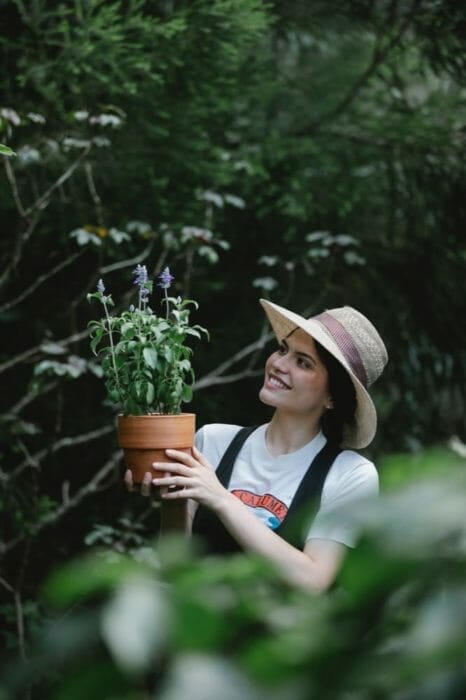How do knots get tied? Ecological goods in environmental markets, the case of aquaponics in Belgium
Sarah Delvaux
In this paper, we focus on the aquaponics sector and study in a comparative way the business practices of three start-up companies in Belgium.
This paper will be presented at the European Association for the Study of Science and Technology (EASST) conference , July Madrid (ESP) 6-9 July 2022
The Anthropocene calls to rethink our modes of production and our relationship with the environment in multispecies worlds (Haraway, 2016). In this context, environmental concerns to achieve a low-carbon society, for instance through the advent of a sustainable bioeconomy, are very high on the European political agenda. In the agricultural sector, aquaponics, which consists in hydroponics and aquaculture, enabling the culture of fish, fruits and vegetables together, is one of the promising solutions to address such concerns (Goddek & al., 2015). In this paper, we focus on the aquaponics sector and study in a comparative way the business practices of three start-up companies in Belgium. We analyze how different notions of the ecological good coexist and are locally situated in multi-scaled entanglements (e.g. local, regional, national or European scales). These notions refer to different registers of valuation that are in tension and, therefore, so are the associated visions of a good life (Asdal et al. 2021). We analyse our empirical material through the lens of the concept of ‘entanglement’ (Rip 2010) and we argue that the notion of ‘knot’, i.e. a stabilized entanglement of the interactions that started at one scale and spilled over to the other scales, constitutes an interesting resource for characterizing the links that are forged at the interface between different notions of good in environmental markets. How do multi-scale entanglements emerge and stabilize around aquaponics and associated notions of the ecological good, and what role can be ascribed to knots in these processes of entanglement? Our analysis highlights the importance of care practices in these processes of entanglements, between and across various scales of analysis, and how different practices of care are associated with different visions of the good life.

